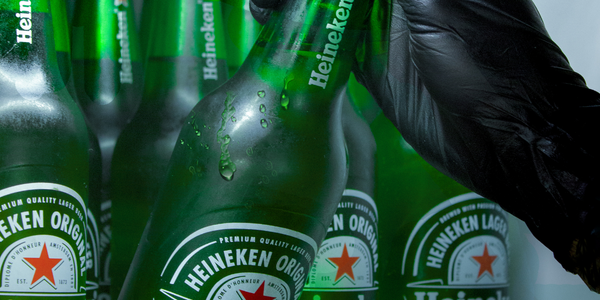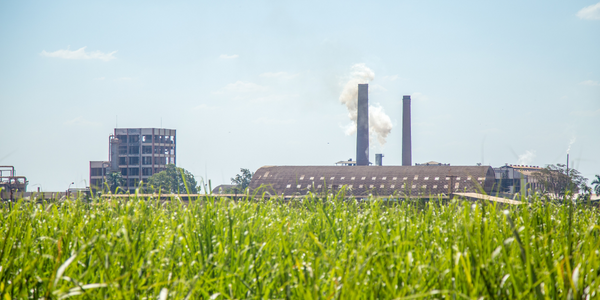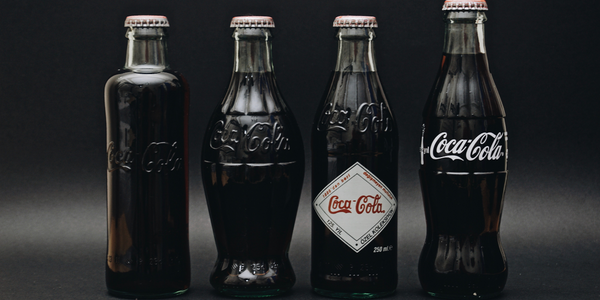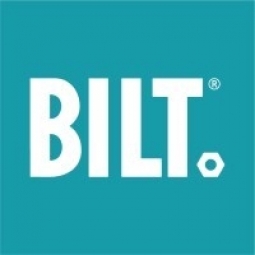Applicable Industries
- Food & Beverage
- Retail
Applicable Functions
- Product Research & Development
- Sales & Marketing
Use Cases
- Time Sensitive Networking
- Virtual Prototyping & Product Testing
Services
- System Integration
About The Customer
VintageView is a company that designs and manufactures modular label-forward wine storage solutions for homes, restaurants, and liquor stores. Their award-winning display systems have transformed the industry by moving wine bottles out of the cellar and into an architectural design feature. The company is committed to providing premium products and an impeccable customer experience, and their products come in a variety of patented display mediums. Each project is customized, and the company is dedicated to making the installation process as easy as possible for their customers, which include interior designers, custom builders, contractors, and architects.
The Challenge
VintageView, a company that designs and manufactures modern wine racks for both home and commercial displays, faced a significant challenge in improving their installation instructions to better support contractors working off the grid. The company's products come in a variety of patented display mediums, each project being customized, which made it difficult to create clear and understandable instructions for every component configuration or design choice. While VintageView’s explainer videos were adequate, they were time-consuming and expensive to update. Furthermore, the interior designers, custom builders, contractors, and architects incorporating their wine racks often worked on construction sites without Wi-Fi capability, necessitating a solution that could work offline. Additionally, the sales team was burdened with handling all installation-related customer service calls, detracting from their primary focus of closing sales.
The Solution
To address these challenges, VintageView partnered with BILT to create intuitive 3D instructions that are easy to understand, simple to update, and can be used without Wi-Fi. Within the BILT app, users follow voice, text, and animated images through each step of the installation process. Installers can go at their own pace, skip ahead or backwards, or instantly replay a step. They can tap on a part or tool for information, zoom in, and rotate images to get the just the right angle. VintageView added BILT demos to their ecommerce product detail pages, giving customers an opportunity to preview instructions during the design phase. This not only builds customer confidence but also showcases the quality of VintageView’s racking solutions. VintageView also provides pro contractors with information about BILT to help trade account partners understand the benefits of using 3D interactive instructions.
Operational Impact
Quantitative Benefit

Case Study missing?
Start adding your own!
Register with your work email and create a new case study profile for your business.
Related Case Studies.

Case Study
The Kellogg Company
Kellogg keeps a close eye on its trade spend, analyzing large volumes of data and running complex simulations to predict which promotional activities will be the most effective. Kellogg needed to decrease the trade spend but its traditional relational database on premises could not keep up with the pace of demand.

Case Study
HEINEKEN Uses the Cloud to Reach 10.5 Million Consumers
For 2012 campaign, the Bond promotion, it planned to launch the campaign at the same time everywhere on the planet. That created unprecedented challenges for HEINEKEN—nowhere more so than in its technology operation. The primary digital content for the campaign was a 100-megabyte movie that had to play flawlessly for millions of viewers worldwide. After all, Bond never fails. No one was going to tolerate a technology failure that might bruise his brand.Previously, HEINEKEN had supported digital media at its outsourced datacenter. But that datacenter lacked the computing resources HEINEKEN needed, and building them—especially to support peak traffic that would total millions of simultaneous hits—would have been both time-consuming and expensive. Nor would it have provided the geographic reach that HEINEKEN needed to minimize latency worldwide.

Case Study
Improving Production Line Efficiency with Ethernet Micro RTU Controller
Moxa was asked to provide a connectivity solution for one of the world's leading cosmetics companies. This multinational corporation, with retail presence in 130 countries, 23 global braches, and over 66,000 employees, sought to improve the efficiency of their production process by migrating from manual monitoring to an automatic productivity monitoring system. The production line was being monitored by ABB Real-TPI, a factory information system that offers data collection and analysis to improve plant efficiency. Due to software limitations, the customer needed an OPC server and a corresponding I/O solution to collect data from additional sensor devices for the Real-TPI system. The goal is to enable the factory information system to more thoroughly collect data from every corner of the production line. This will improve its ability to measure Overall Equipment Effectiveness (OEE) and translate into increased production efficiencies. System Requirements • Instant status updates while still consuming minimal bandwidth to relieve strain on limited factory networks • Interoperable with ABB Real-TPI • Small form factor appropriate for deployment where space is scarce • Remote software management and configuration to simplify operations

Case Study
Energy Management System at Sugar Industry
The company wanted to use the information from the system to claim under the renewable energy certificate scheme. The benefit to the company under the renewable energy certificates is Rs 75 million a year. To enable the above, an end-to-end solution for load monitoring, consumption monitoring, online data monitoring, automatic meter data acquisition which can be exported to SAP and other applications is required.

Case Study
Coca Cola Swaziland Conco Case Study
Coco Cola Swaziland, South Africa would like to find a solution that would enable the following results: - Reduce energy consumption by 20% in one year. - Formulate a series of strategic initiatives that would enlist the commitment of corporate management and create employee awareness while helping meet departmental targets and investing in tools that assist with energy management. - Formulate a series of tactical initiatives that would optimize energy usage on the shop floor. These would include charging forklifts and running cold rooms only during off-peak periods, running the dust extractors only during working hours and basing lights and air-conditioning on someone’s presence. - Increase visibility into the factory and other processes. - Enable limited, non-intrusive control functions for certain processes.








